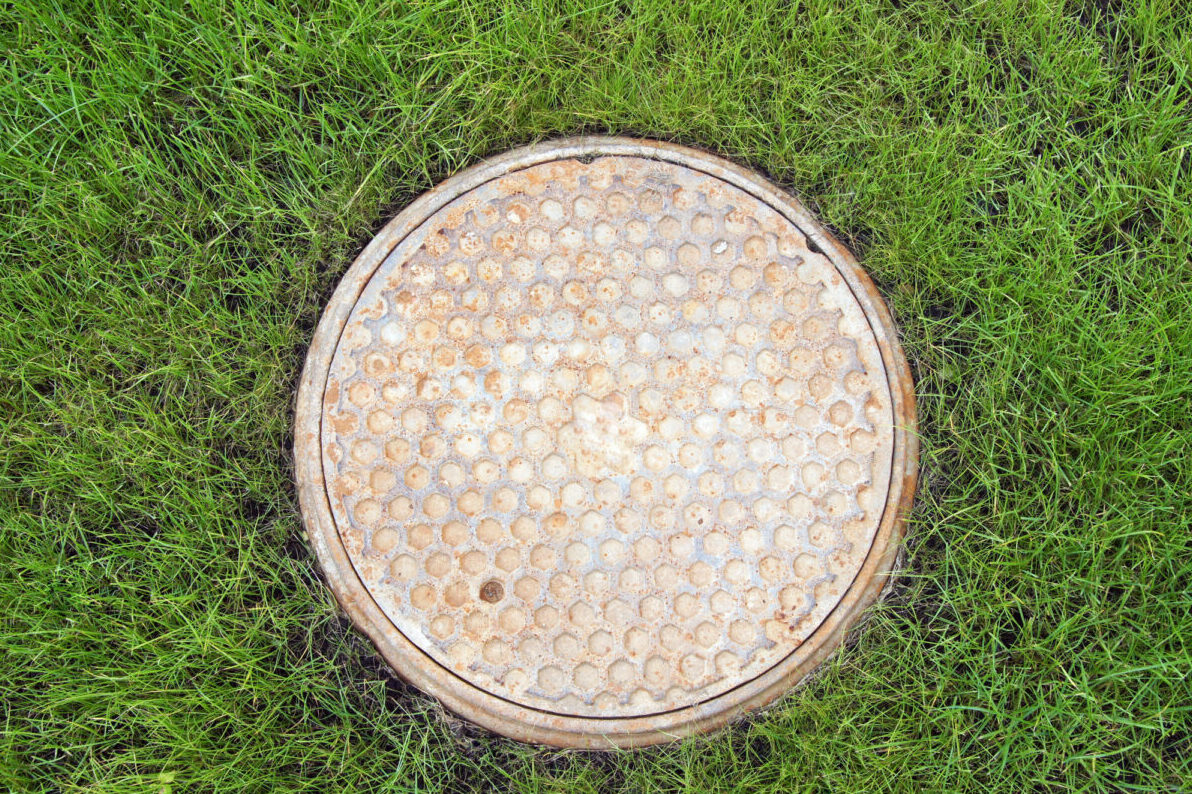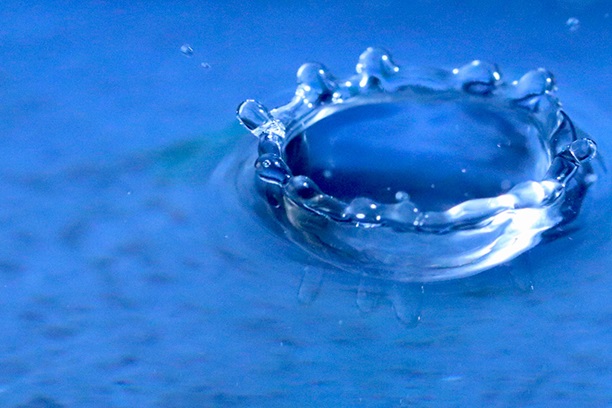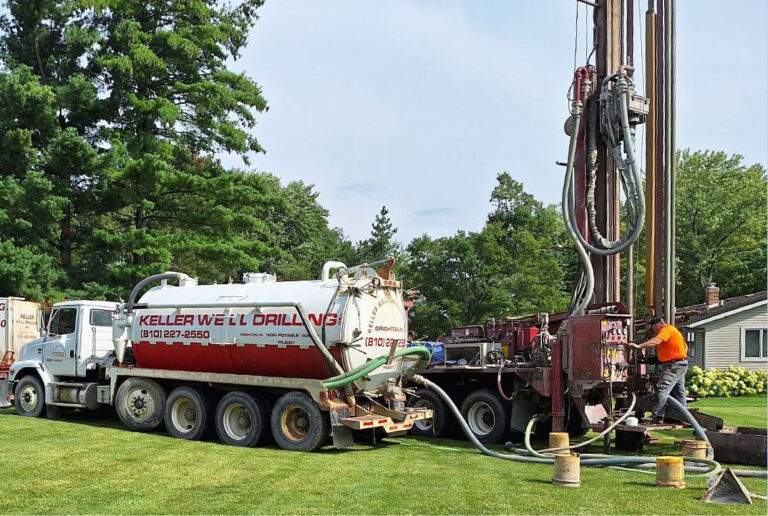Water well maintenance is essential for consistent, high-quality water after having one installed. Here’s what you need to do to maintain your residential well.
Close to 43 million Americans rely on domestic or private wells as their source of drinking water. This means that close to 15% of the total American population depends on local well systems for most of their water needs. In most states, the law does not regulate domestic wells, which means that homeowners are responsible for monitoring water quality.
If you own a private well, maintenance is essential towards ensuring the highest quality of water. With a well-scheduled well maintenance approach, you have the assurance that your water is safe for all uses.
Could you be wondering how to go about the process of well maintenance? Read this well-maintenance 101 guide for all the answers.
Going Through the Steps of Well Maintenance
Wells are prone to contaminants if left unchecked for long. Over time, hazardous chemicals and other impurities may find their way into the well leading to safety concerns. As such, to maintain your well, you need to undertake a constant inspection procedure.
Consider Inspection
Inspection is the first critical step in the process of well-maintenance. You need to test your water to understand the possible safety and quality risks that may underlie. You should check the well water:
Annually for Bacteria or Any Other Contaminants
Most wells develop nitrates, bacteria, and other water-related impurities with time. Testing your well for such contaminants is a critical part of the maintenance protocol.
Anytime You Notice Changes in Your Water
If you’re keen enough, you may notice a change in taste, color, or odor in your well water. Such changes call for a comprehensive inspection to detect any possible contributors to the changes.
If Consumers of the Well Water Develop Gastrointestinal Illnesses
Contaminated well water may cause gastrointestinal illness among consumers. If people around you that use the well water regularly experience such health concerns, it may be time to consider an inspection.
Now that you understand the instances where inspection may be necessary, let’s delve into the actual process.
Most first- time, homeowners sink wells without understanding the intricate process of maintenance. As such, it is essential to entrust the inspection process to a professional to conduct an annual checkup of the wells as opposed to trusting your judgment.
Keep Hazardous Chemicals Away from the Well
Well maintenance begins with being extra vigilant when it comes to exposure. The area around the well should be sacred. Any form of hazardous material that may compromise the quality of the water in the well should not be within the proximity of the wealth.
You need to ensure that hazardous materials such as chemicals and paint are not anywhere close to the well. You should also exercise caution when using other compounds such as pesticides and fertilizers around the well. Other probable contaminants such as motor oil must also not come close to the well.
Check the Well Cover Regularly
Whether you use a well cover of the well caps, a regular checkup is critical. You need to confirm periodically that the well cap’s seal is tightly in place. You also need to consider checking the caps for any evidence of cracks or any probable tampering.
Most wells have metal or plastic caps. If you want to be sure that the lid is well in place, you may consider welding or bolting such well covers. However, regular checkup and repair of the cap is the surest way to keep your well in the best state.
Ensure That the Well Is Well Away from the Septic Tank
This consideration should be at the initial stages of installing a well. However, if you didn’t realize how critical this is before, you can still call in a professional well drilling service in Howell, MI, to help you install a new well. You need to consider a 50 feet difference between your septic tank and the well.
Keeping your well at least 50 feet from existing septic tanks, silos, and livestock yards will reduce the burden of maintenance in the long term.
Always Engage Qualified Personnel
The process of well maintenance can be complicated, especially where you require water testing and well-servicing for the first time. As such, you need to be specific about your choice of contractor. You need to consider licensing and certification as some of the essential considerations when engaging pros.
Ensure that the company entrusted with maintaining or servicing your well submits well logs that keep a record of the well. Such contractors must also have state of the art equipment to ensure the processes end satisfactorily. You must also focus on the contractor’s reputation as a threshold to determine if they’re qualified.
Understand the Problem
Apart from the scheduled annual maintenance procedure, you may call in an expert due to hitches in the well’s functionality. When such failures occur, frustrations are inevitable, especially if you don’t understand the problem.
You need to be intentional about understanding how the water well system works. Having a grasp of the issue may save you the burden of calling in an expert even when something as basic as the amount of water in a well decreasing is the problem. You need to work closely with your contractor to understand some of the fundamental problems and probable DIY solutions.
Be Extra Vigilant When Mowing Around the Well
You don’t want to end with a damaged casing. Most times, damages around the well’s casing are due to lawnmowers. One of the critical safety steps you must take is to work with extra caution when lawn mowing around the well.
Be Keen When Landscaping
Wells are prone to flooding. As such, you need to ensure that you check your well’s drainage as often as possible. Landscaping is among the activities that may spell trouble if you throw care to the wind. You should consider keeping the well at least one foot above the ground when landscaping to ensure proper drainage.
Seal off Old Wells
The average serviceable life of a well is 40 years. Once your well has outlived usefulness, you need to call in a professional contractor to seal off the old well. This is a critical step to seal off the direct pathway of contaminants from such old wells to the new well systems.
These Maintenance Tips Will Help Keep Your Well Water Safe
Well maintenance is mandatory if you want to keep your well water safe. With proper maintenance, your well can give you 40 years of uninterrupted service. However, you should only entrust the process of well maintenance on professional contractors like Keller Drilling with this intricate process.
If you are wondering whether reliable well drillers still exist in Howell, MI, contact us and try our services.




